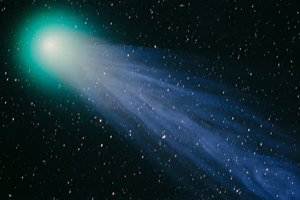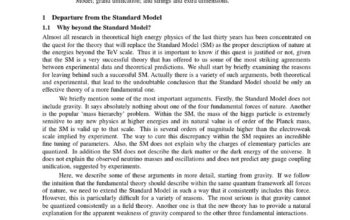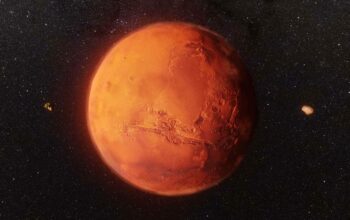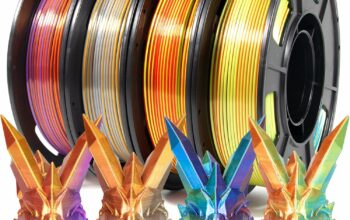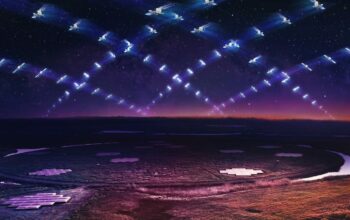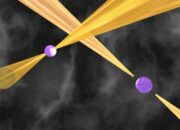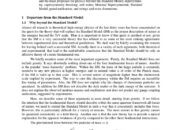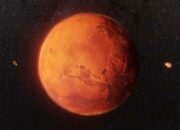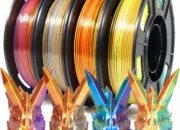In the vast cosmic theater where celestial bodies dance, comets serve as the luminescent protagonists, weaving tales of grandeur and transience. One such tale is that of the Hyakutake comet, ultimately entwined with the audacious journey of the Ulysses spacecraft. This narrative transcends mere astronomy; it explores the synergy between volatile phenomena and human ingenuity. As we delve into the intersection where Hyakutake grazed the solar wind and Ulysses traversed the outer reaches of our solar system, we unravel a story steeped in both scientific marvel and poetic resonance.
The history of Hyakutake is one of ephemeral beauty and serendipity. Discovered in 1996 by the Japanese astronomer Yuji Hyakutake, this comet made a spectacular approach to Earth in March of that year, culminating in a breathtaking display that captivated stargazers globally. Often described as a celestial wanderer, Hyakutake illuminated the night sky with its mesmerizing tail—an ephemeral plume of ice and dust propelled by the Sun’s heat, it transformed into a radiant specter that defied the darkness. Such a representation of transient beauty elicits an intriguing metaphor: comets embody the fleeting moments in life that momentarily shine bright before vanishing into the abyss.
The trajectory of Hyakutake was not merely a beautiful apparition; it unfolded a cosmic rendezvous with Ulysses, the spacecraft launched in 1990 through a collaborative endeavor by NASA and the European Space Agency (ESA). Designed to study the Sun and its solar wind across the heliosphere, Ulysses was emblematic of human ambition to transcend terrestrial boundaries. Unlike common satellites, which orbit within the confines of low Earth orbit, Ulysses embarked on a heliocentric path, culminating in its groundbreaking polar orbits around the Sun, paving the way for comprehension of solar dynamics.
As Hyakutake made its grand tour of the inner solar system, a binary narrative commenced. In the symphony of celestial mechanics, there existed the potential for serendipitous interaction between the comet and Ulysses—a fleeting brush across the cosmic stage. The essence of this encounter encapsulated the unpredictability of cosmic phenomena, akin to two dancers meeting in the most unexpected of polka halls on a crowded night—strangers briefly intertwined by the choreography of gravity and trajectory.
The possibility of a Hyakutake-Ulysses collision intrigued scientists and enthusiasts alike. While not destined for actual impact, the close encounter exemplified a pivotal lesson in astrophysics: the nature of trajectories and orbits can yield revelations that contribute to the broader cosmological narrative. Comets, with their erratic and wide-ranging paths, often act as time capsules, offering insights into the primordial materials that shaped our solar system. Ulysses, on the other hand, provided a steadfast observation point to survey these wild entities, melding the unpredictable with the ordered in our pursuit of knowledge.
This anticipated union triggered a cascade of questions, particularly regarding the implications for both celestial actors. What would it mean for a comet to collide with a spacecraft designed to navigate the solar winds and coronal emissions? The analogy emerges of an artist meeting their inspiration—the unpredictability of the encounter could render either entity altered, forever etched by the experience. Perhaps the comet would shed light particles and volatile gases, while Ulysses could gather irreplaceable data, solidifying its legacy as a harbinger of discovery.
The potential for disruption brings us to consider the broader implications of such interactions in the context of planetary defense. Much like preparing for natural disasters on Earth, understanding the trajectories of comets aids in a larger narrative about safeguarding our planet from unforeseen celestial threats. Each cometary approach presents an opportunity to enhance our predictive models, ultimately enriching our knowledge base and informing future space exploration strategies.
Moreover, as Ulysses traverses the solar winds shaped by the Sun’s streams, it encounters micro-particles borne from comets like Hyakutake, one could poetically remark that Ulysses wears a tattered cloak woven from the very fabric of passing comets. Each observation enriches the tapestry of knowledge surrounding the heliosphere’s dynamics, while also invoking a tantalizing reflection on the interconnectedness of all celestial phenomena. Just as an artist infuses their work with elements of their surroundings, so too does Ulysses capture the whispers of passing comets that cascade through the solar system.
This symbiotic relationship between Hyakutake and Ulysses encapsulates the duality of chaos and order that governs our cosmos. It reflects the delicate dance between the unpredictable trajectories of nature’s creations and the structured observations of mankind’s ingenuity. Each comet, like Hyakutake, serves as an ephemeral muse, inspiring scientists to venture into the unknown, while spacecraft like Ulysses embody humanity’s unyielding pursuit of understanding.
In conclusion, the narrative of Hyakutake and Ulysses remains pertinent for both its scientific significance and its artistic resonance. This tale reminds us that the cosmos is an ever-evolving canvas, where the moments of convergence between celestial entities and human innovation encapsulate a broader universe filled with mystery and awe. As we gaze into the cosmos, we are analogous to playwrights in search of meaning, seeking to weave stories that fuse exploration with reflection. The close encounter of Hyakutake and Ulysses reminds us that the universe is a stage, and we, its curious observers, are compelled to unravel its many acts.
